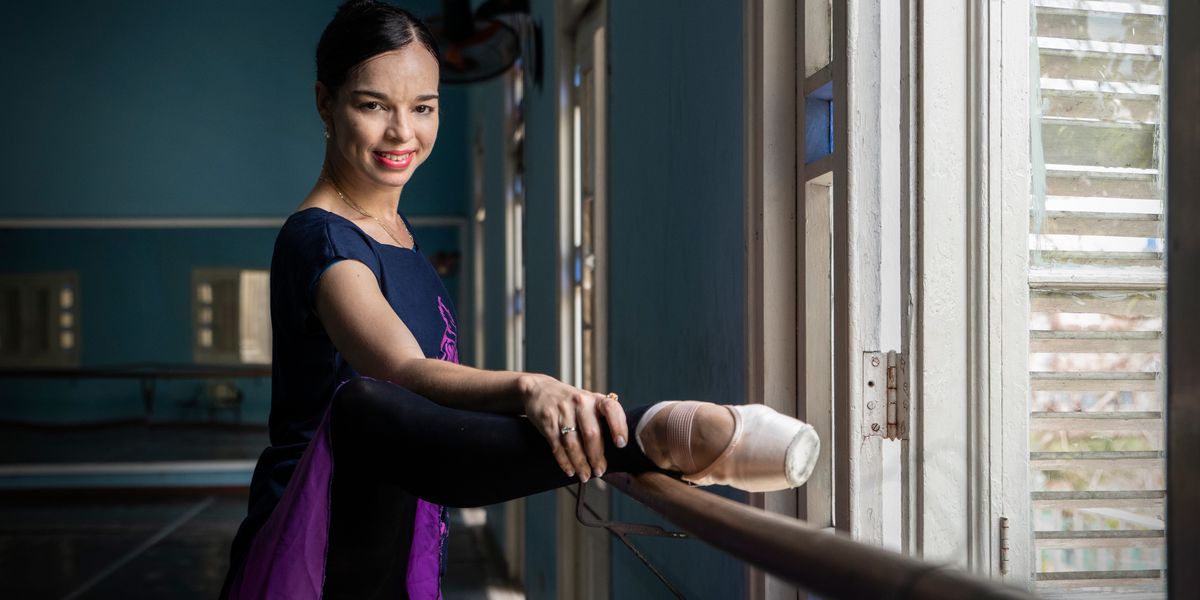Ballerina in Chief: Viengsay Valdés Takes the Reins at Ballet Nacional de Cuba
For decades the name Alicia Alonso has been virtually synonymous with Ballet Nacional de Cuba, the company she co-founded in Havana in 1948. Alonso died on October 17, just shy of what would have been her 99th birthday. In recent years, she had stepped back from day-to-day decision-making in the company. As if preparing for the future, in January, the company’s leading ballerina, 42-year-old Viengsay Valdés, was named deputy director, a job that seems to encompass most of the responsibilities of a traditional director. Now, presumably, she will step into her new role as director of the company. Her debut as curator of the repertory comes in November, when the troupe will perform three mixed bills selected by her at the Gran Teatro de la Habana Alicia Alonso. The following has been translated from a conversation conducted in Spanish, Valdés’ native tongue.
Were you expecting this appointment?
Not at all. The decision came from the Ministry of Culture. Because of her delicate health, Alicia Alonso had been forced to delegate much of the significant responsibility of running the company, and so they thought of me. I’m in charge of all the artistic and technical aspects: casting, organizing tours, programming.
How will you mark Ms. Alonso’s centenary in 2020?
I’ve been communicating with several companies in New York City and elsewhere. We will be celebrating all year, culminating in next year’s International Ballet Festival of Havana.
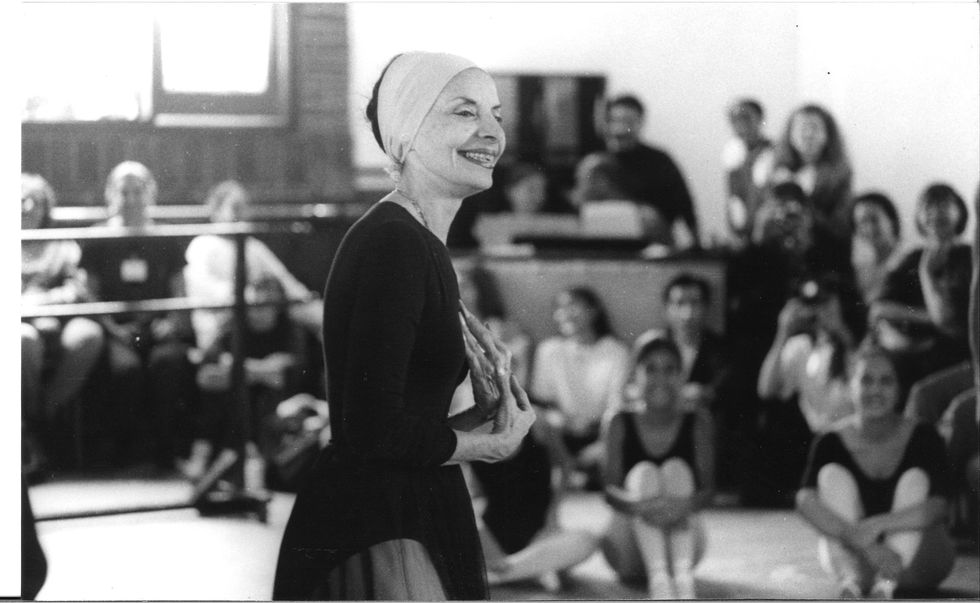
Alida Kent, Courtesy DM Archives
You’ve spoken of your desire to update the company. What are some of your ideas?
We need to preserve our legacy, all that history and tradition. There are more than 700 works in our repertory. Many are by Cuban choreographers, including Gustavo Herrera and Ivan Tenorio, whose works haven’t been seen for a long time. Maybe some are old-fashioned, but some are absolutely recoverable. It’s a question of finding videos and going through them to see which works can realistically be restored. I also want our dancers to be exposed to the work of international choreographers.
What do you think international choreographers can bring to BNC?
New ways of moving, of attacking a step or of learning choreography. They will make us more nimble. We Cubans tend to dance a little more slowly. These new works will help us acquire a new sense of attack, rhythm and dynamics.
You’ve invited Alexei Ratmansky to set his
Concerto DSCH. Why him?
I’ve admired his work for years. I’ve been trying to get him to come to Cuba for a long time. He suggested DSCH, and I think it’s a good choice. I want ballets that will show off the whole company.
What else will be performed?
One program will include a work by the Brazilian choreographer Ricardo Amarante, Love Fear Loss, inspired by the life of Édith Piaf, as well as El poema del fuego, by the Cuban Alberto Méndez, which has been out of the repertory for almost 20 years. One program will open with Les Sylphides, which was on the company’s first program in 1948. Another includes Annabelle Lopez Ochoa’s Celeste, her first work for the company.
What other choreographers are you bringing to Cuba?
Next year, we’ll have Justin Peck, Kyle Abraham and Gemma Bond. Gemma will create a new work for us for the International Ballet Festival. And there are others that I can’t announce yet.
Can you say which Justin Peck piece you’ll present?
Not yet! [laughs] Maybe next time we speak.
Are you planning to continue dancing?
Of course! Time will decide for how long. For now, I’m doing my best to shoulder both of these great responsibilities.
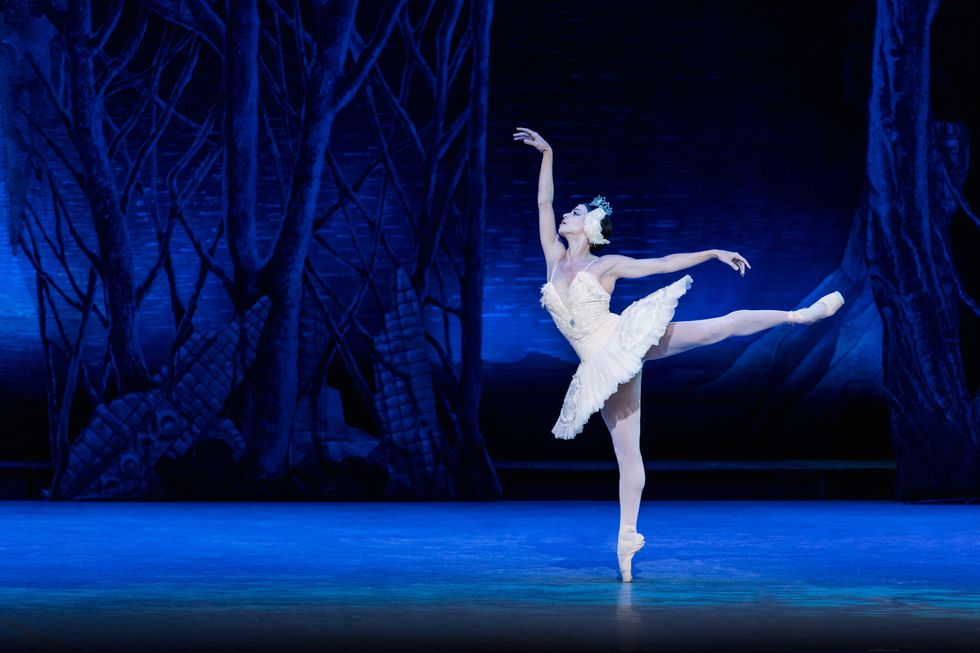
Valdés in Swan Lake
Jhon Rowe, Courtesy Ballet Nacional de Cuba
The company is funded by the Cuban government. Is there a budget for the ambitious plans you’ve laid out?
There is a lot of official support. Most of the budget for our work will come from the government, but some will also come from outside. There are sponsors who are prepared to help.
Are you involved with the Escuela Nacional de Ballet?
The two are separate entities, but I think there should be closer collaboration. We should pay more frequent visits to follow the development of the dancers who will eventually enter the company so that they don’t develop bad habits or defects.
Do you think the teaching methodology will have to evolve as well?
Our methodology is strong, well-structured and well-paced. We just need to make sure that there is a little more oversight.
How would you describe the Cuban dancer of 2019?
The essence of the Cuban dancer is a technically virtuosic dancer, who is always looking to execute more turns, more jumps, greater complexity of steps, but at the same time an expressive, musical dancer. The new generations are more intrepid, bolder, and take even more risks, which is always welcome. But we have to guide them well, so that they know how to respect the traditions and the style of each ballet—this has always been one of the great lessons of our Alicia.
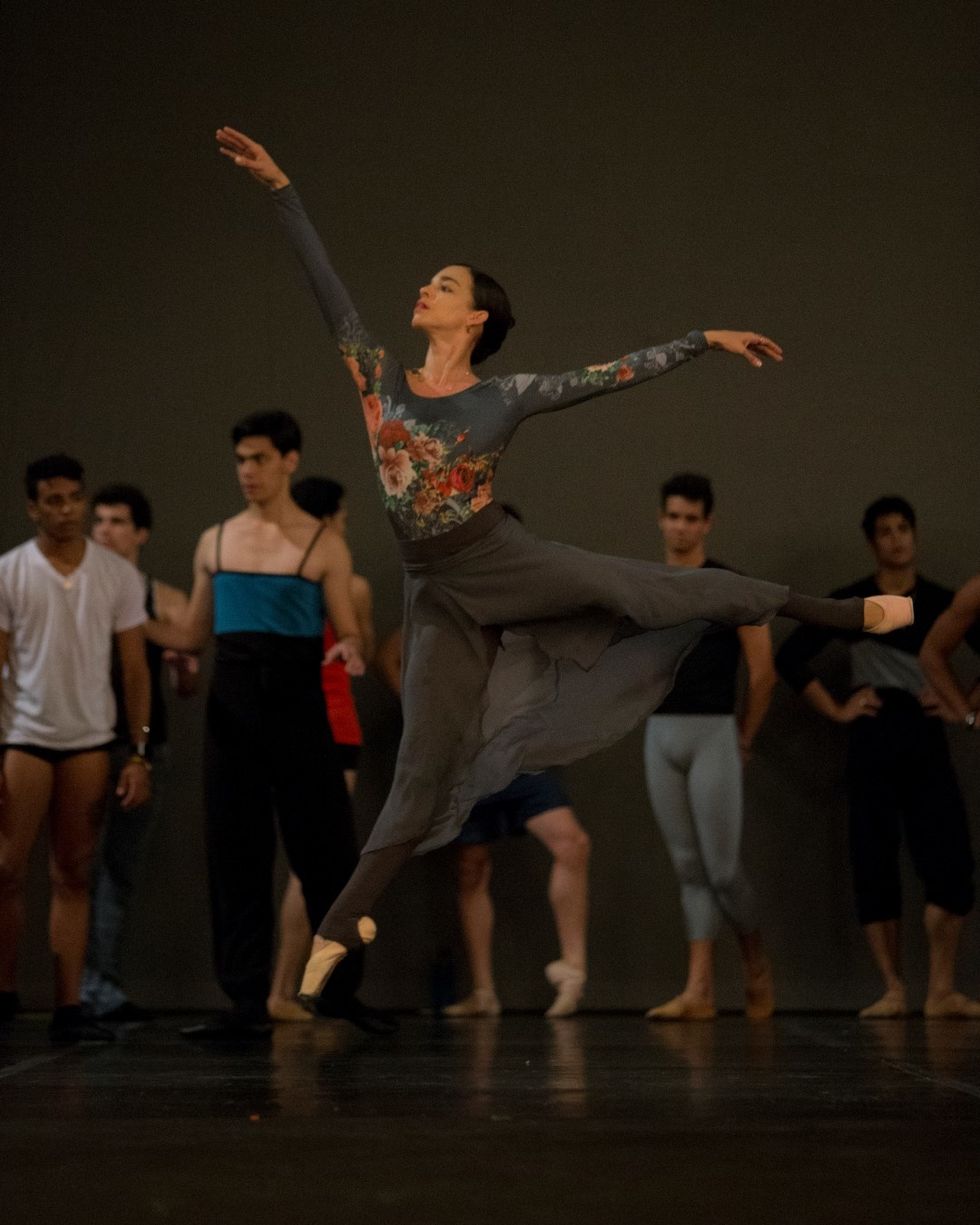
Jhon Rowe, Courtesy Valdés
What has been the reaction of the company to your appointment?
They are very excited. I want to give them confidence, a sense of security and, above all, justice. I think there are dancers who haven’t had an opportunity to prove themselves. I believe now is the time to give them those opportunities. We have to channel their energy, effort and desire to dance. They’re so young, so impatient, and if you don’t motivate them, they lose their drive. You have to know how to lead them, how to be just. There are roles for everyone. That way, the company will feel loved and cherished.
And, in this way, perhaps fewer dancers will leave than in the past?
Of course. If you stimulate them, so they’re doing what they love, they don’t leave.
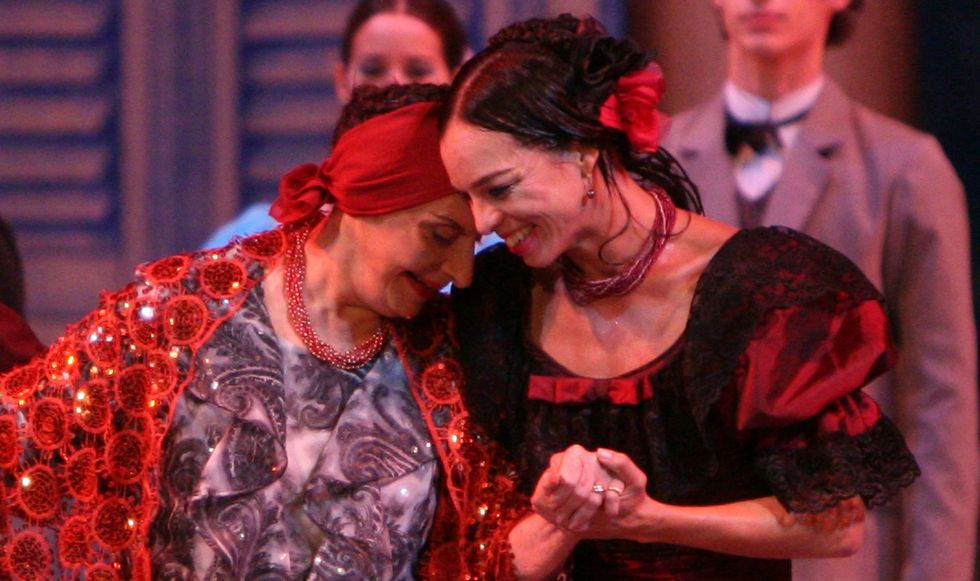
Todd Lechtick, Courtesy Valdés
